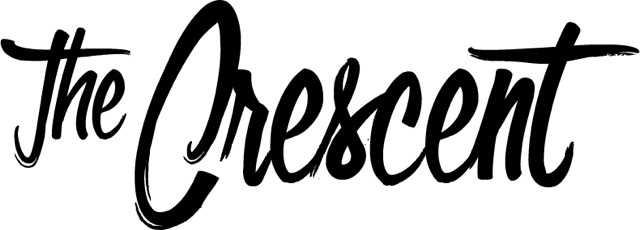Warning: College Classrooms are Minefields
Reported By: Zoditu Schwind
Illustrated By: Addie Patterson
As a sophomore at George Fox University (GFU), I remember sitting on my bed staring at my next assigned reading, “The Tale of Genji” by Murasaki Shikibu. It was a brand new Penguin Classic: shiny and unadulterated by pen scribbles. This was it. The infamous novel that had unraveled the senior class.
Every student in the GFU Great Books Program knew the legacy of Genji. And there I was, melodramatic as ever imagining the ensuing fistfights, screaming matches, and hair-pulling to come. Unfortunately, my fantasies were not realized, and the analysis of the text in the seminar discussion was anticlimactic.
Disappointed, I was left wondering why this book had enraged so many students in the senior class. One possible, and obvious answer, is its content. Genji is a womanizing Japanese nobleman who, in one part of the book, grooms and kidnaps a young girl named Murasaki. She is 10 and he is 18, and he betrays her trust by raping and marrying her. My class had unanimously agreed that Genji’s actions had been disturbing and heartbreaking!
But still, none of us walked out of that seminar classroom upset or resentful towards the professors. The senior class, however, had been angry because no trigger warnings about the book’s sexual assault had been provided. The point of trigger warnings in literature classes is to alert readers to scenes or content that may be distressing. Readers can then choose whether to engage with the material or not. However, trigger warnings in collegiate settings do a disservice to students.
When in any other settings are trigger warnings given? Life never tapped me on the shoulder and said, “Hey, just a heads-up but thanks to good-old poverty, you’re going to be adopted tomorrow.” Nothing prepares anyone for tragedy! But lest I sound insensitive, I will admit that reading a book like “The Tale of Genji” could be sensitive for survivors of sexual assault. And as a survivor, myself, I agree. It was sensitive, and I painfully understood Murasaki. There was a comforting pseudo-comradery that grew between us, and the insights I was able to bring to our seminar discussion were unique because of my experience.
Had I been given a trigger warning about the events in the book, Genji would have been pre-condemned as a one-dimensionally evil character, and Murasaki would have been cemented in my mind as the underdeveloped character defined only by what happened to her instead of who she could have become. Essentially, trigger warnings in literature quell the potential for character development.
Trigger warnings also coddle readers. I came to college at eighteen: I moved from Texas to Oregon, got involved in on-campus leadership opportunities, found ways to pay for college myself, and recently opened a Roth IRA. All to say, I have been working on ‘adulting’ for a couple of years now. But, when I enter the college classroom, I am expected to shed that mantle of responsibility and leave my adult autonomy at the door. Because who am I to know what I can handle?
Professors, the now fearful collegiate gods of censorship, are omniscient; they know what content in literary works their students can handle. The sexual assault content may trigger one person, the suicidal ideation another, the domestic violence another, the verbal abuse another, the animal cruelty another, the drug use another, the abortion another, the main character’s name another, and the color of the sky may trigger yet another person. All to say, the list could go on, and it is impossible for professors to protect everyone. Collegiate classrooms, therefore, aren’t safe places–they are trauma-triggering minefields!
Sarcasm aside, students and not professors should be cognizant of the material that they feel is triggering. Instead of choosing not to engage with that material, they should be willing to question themselves: what about this content is difficult to process? Asking questions that force self-reflection can be painful, but there is a difference between painful and harmful.
Virginia Woolf said it perfectly, “You cannot find peace by avoiding life.” Her own past was smeared with a bloody hand of trauma. Yet in her stream-of-consciousness writing, in her essays “On Being Ill” and “A Sketch of the Past,” and in novels like “Mrs. Dalloway,” she engages with the realities of mental health illnesses in her own life and in the lives of her characters. It was painful for her to reflect on and write about her own experiences, and I admire her all the more for the contributions she made to literature because of her willingness to wrestle with her own trauma.
Life does not afford the luxury of trigger warnings, and collegiate classrooms should not either. College students must not resist the uncomfortable in literary texts but embrace it; and instead of passing blame on professors for not having provided trigger warnings and shielding them from sensitive topics, students should do their own independent research on the books in the syllabus. If there is material there that might be difficult to deal with in the classroom, students can reach out to professors and find other ways to still complete the readings and engage with those challenging texts. This hard work will pay off in producing students who are more resilient, perceptive, and thoughtful.
